From Kherson to America's Yellowstone National Park and back
From Kherson to America's Yellowstone National Park and back – all in less than two hours. Such was the fun excursion for members of the library's Talk Lab English Club on Sunday, Dec. 4, and the only thing that participants had to carry with them was their spirit of adventure for trying new vocabulary words in unusual situations.
First, the 27 participants at the Dec. 4 meeting learned about Yellowstone's history, geology and wildlife via a photograph presentation and talk by a U.S. Peace Corps volunteer. Next, the club played a round of word-and-definition matches to reinforce some new vocabulary. Then, the members divided into teams of two, three and four people to create and perform dialogues about Yellowstone.
Yellowstone, most of which is located in Wyoming, was authorized by U.S. President Ulysses S. Grant on March 1, 1872, as the world's first national park. But its extraordinary geological history goes back millions of years.
The spectacular Yellowstone park sits upon a geothermal hot spot that has been connected with massive volcanic eruptions 2.1 millions ago, then 1.2 million years ago and most recently 640,000 years ago. United States Geographical Service scientists say there is only a 0.00014 percent chance of another such explosion occurring in the next few hundred years, but they also acknowledge that a similar blast would cover much of America's western states with tons of ash and other debris.
The volcanic conditions, however, can be witnessed in the form of geothermal features such as powerful geysers – such as the famous Old Faithful, steaming craters, fuming fissures and dozens of mostly minor earthquakes each month. These types of landmarks and events have been so awesome that explorers in the 1700s and 1800s had a hard time making other people believe what they had witnessed. Today, however, these geological oddities are part of what attracted more than 3.6 million visitors to the park in 2010.
The Old Faithful geyser, by the way, shoots steaming hot water high into the air about at intervals of about every 90 minutes. The blasts – 32 to 56 meters high – last 1.5 to 5 minutes and translate into 14,000 to 32,000 liters.
The park also is famous for its wildlife, including bison, moose, elk, deer, antelope, bald eagles, mountain lions and wolves.
Yellowstone attracts visitors year-round. In fact, winter brings out scores of snowmobile enthusiasts.
The vocabulary practiced by Talk Lab participants on Dec. 4 included caldera, fissure, fumarole, ranger, geothermal and sub-alpine. Participants used the words in creating and performing several dialogues based on the following situations:
~ You want a summer job at Yellowstone and today is your job interview.
~ You are a photographer for a famous travel magazine and the editor is talking with you about getting unusual photos of Yellowstone that no other magazine has ever published.
~ You want to go on a nature drive in Yellowstone and see as much wildlife and geological features as possible without having to walk too far.
~ You are debating with a government geologist about volcano safety at Yellowstone.
~ You are one of the first Europeans to see Yellowstone in the 1800s and now you are home trying to describe Yellowstone to people who don't believe you.
~ One of you is a developer who wants to build more hotels, an amusement park and a golf course at Yellowstone. The other is an environmentalist who thinks this is a bad idea.
Each performance received a healthy round of applause and the participants left the session with appetites whetted for more excursions to America's famous parks. More photos.
Yellowstone-geyser - great fountain geyser

Yellowstone - grizzle bears crossing

Yellowstone - wolf pack


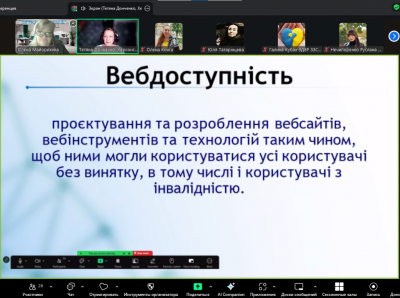
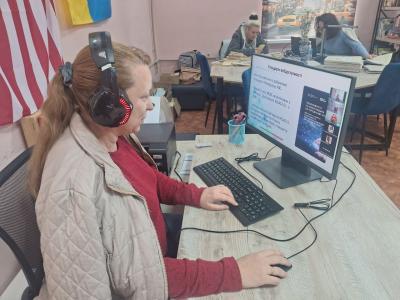

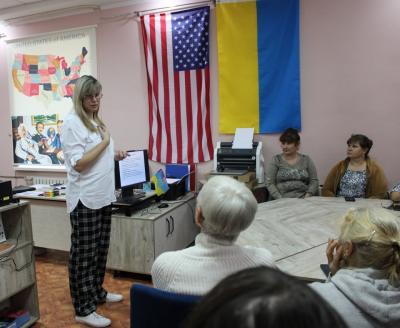
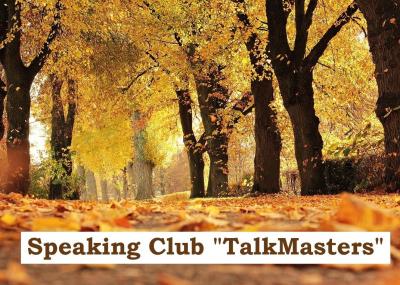


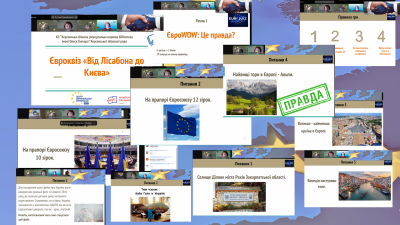


Comments